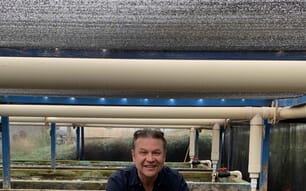According to the twelfth follow-up report received by the World Organisation for Animal Health (OIE), destruction of shrimp/prawn stocks on all farms and treatment of all production facilities have been completed.
A surveillance plan for the river and nearby waters has been underway since the initial outbreak (22 November 2016) and has been expanded in order to determine if the virus has spread in local crustacean populations.
A single Penaeus monodon, collected approximately 5km south of an infected shrimp farm, tested positive for WSSV DNA. This was confirmed by the National Laboratory on 15 February, with high Ct values (>35).
Sampling in the area after this finding has not produced any further detections of WSSV DNA. Testing of samples collected under the surveillance programme is ongoing on a daily basis by regional laboratories and the national laboratory.
Recent samples collected from other rivers in the region, from commercial trawlers in Moreton Bay, and a sampling program by a government research trawler in coastal areas of Moreton Bay have all tested negative for WSSV DNA. The response objective is eradication.
A real-time PCR test was carried out on a giant tiger prawn (Penaeus monodon) on 15 February, confirming the presence of the white spot syndrome virus. However, the source of the outbreaks has not been determined.




